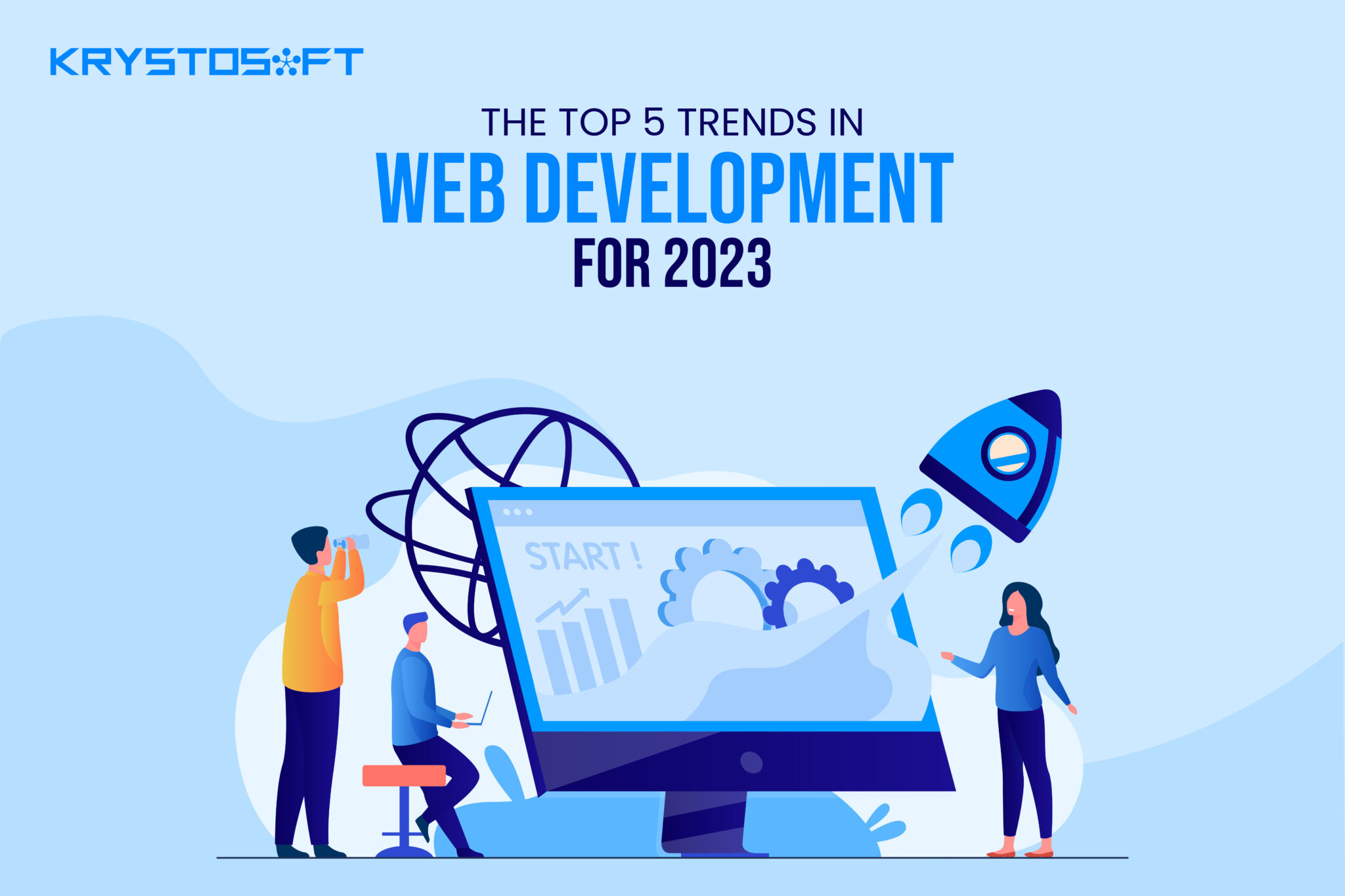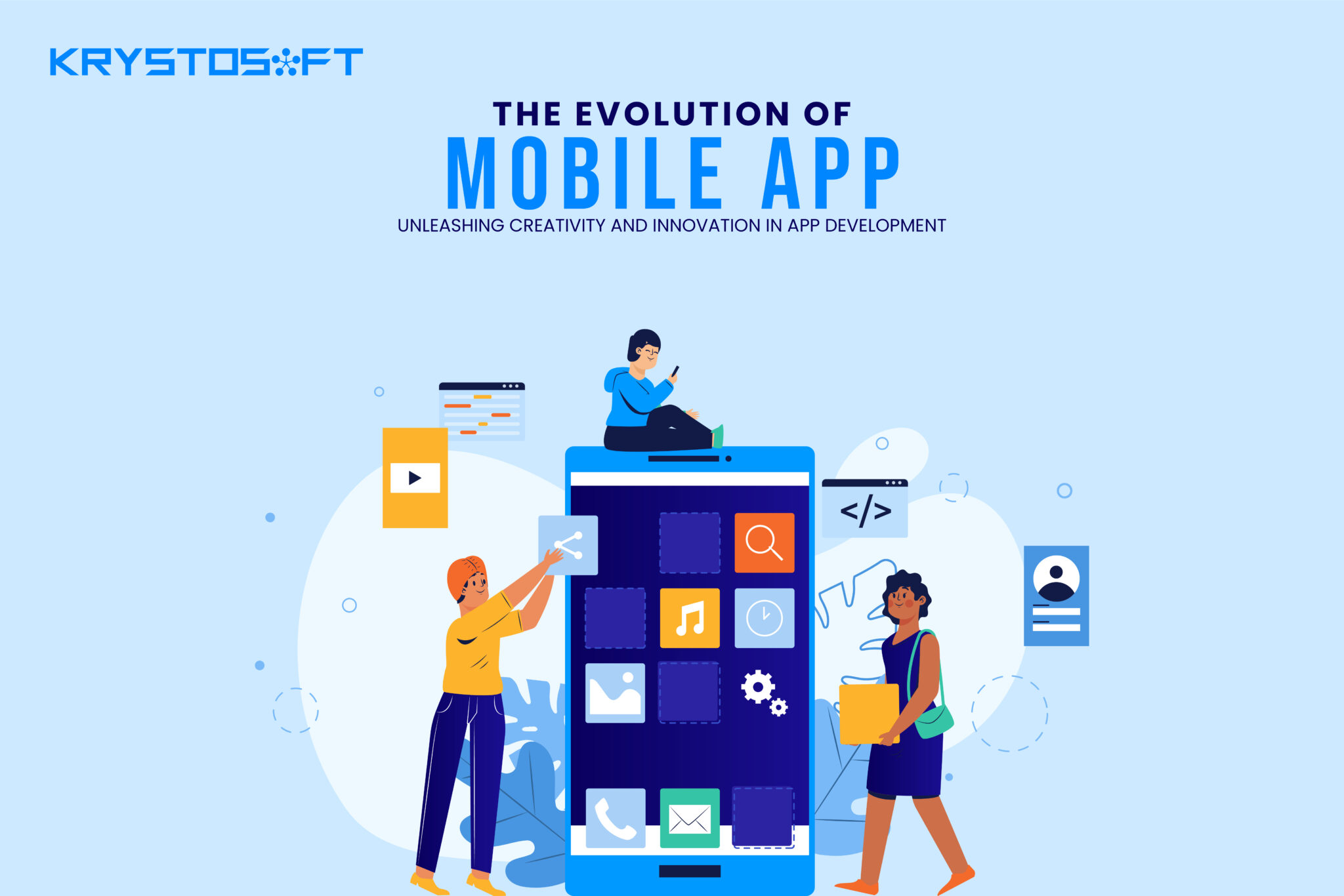Want to see your dreams turn into reality? Remember the times when we used to ask developers what their real estate projects would look like, and they’d show us a downsized, puzzle like replica?
Well now, that’s not the case. Enter virtual reality into the mix, and you’ll feel like you’ve actually stepped into the project itself. So, what is virtual reality? In virtual reality, it’s not about just looking at physical objects to make a decision. Instead, step into a virtual scenario and see the results of your decision for yourself.
But that’s not the only way virtual reality helps. In fact, there’s more that meets the eye. According to the present data that we have, as of 2024, the current size of the VR market stands at 19.76 billion USD and is projected to reach upto 28.84 billion USD by 2026. Thus, we can see that there as increased demand for VR equipment
So in today’s blog we’ll dive deep into the world of virtual reality. We’ll look at the purpose of VR and explore how it’s improving lives daily.
So stay tuned and keep reading.
First, let’s look at the three types of virtual reality that currently exists.
What Are the 3 Types of Applications of Virtual Reality Systems?
The following are the three types of virtual reality available currently.
1. Non immersive virtual reality
Non immersive VR is more of a two dimensional reality. Users interact with a computer generated environment through a screen. Examples of non-immersive VR include flight simulators.
2. Semi immersive virtual reality
Semi immersive virtual reality delivers a better experience as compared to non-immersive virtual reality. This scenario involves the placement of 3D screens to provide a more immersive experience. However once again, it doesn’t completely involve interaction with the objects.
3. Fully immersive virtual reality
Fully immersive virtual reality uses VR headsets and related equipment to incorporate users into the experience. As a result, users feel completely immersed in the virtual world and the 3D environment also allows for interaction with the objects in the environment.
Advantages of Virtual Reality
The following are the advantages of incorporating virtual reality in daily life.
1. Skill development
Virtual reality is a great tool to develop the skills of your workforce. How’s that? For example, if you own a manufacturing firm and are looking to teach your labor a new skill that can improve their quality of work, you’ll have to resort to a seminar which includes videos and PowerPoint presentations.
But add VR (virtual reality) into the mix and everything becomes way easier. Now you can just install a VR device which shows a virtual plant setup.When your worker wears the headset they’ll be able to witness a practical demonstration that mimics a real-time environment. As a result, your workers will be able to master the new skill in less time and without the need for tedious and costly presentations.
As a result, virtual reality simplifies the process of skill development by inculcating a more hands-on approach.
2. Ability to test for multiple scenarios
Virtual reality provides the opportunity to be able to test the implications of decisions in multiple environments without having to implement them in real-time and bear negative consequences.
For example, you plan to paint your house and you choose Pink as the color for one of the walls, but you’re doubtful about whether it will achieve the result that you desire. This is where virtual reality comes into play.
Now you can just create a virtual scenario of the walls of your home and apply different shades of pink to them. Next, you can test the situation for different levels of lightning, such as day, evening, and night.
Based on the results of these scenarios you can decide whether to go ahead with your decision or not.
Thus, VR is a great way to evaluate different scenarios before making a decision and facing its implications.
3. Therapeutic benefits
Virtual reality provides numerous therapeutic benefits. Unbeknownst to many,VR is being used to treat patients with Autism and Post Traumatic Stress Disorder (PTSD). But how does this happen?
Virtual reality is able to stimulate a controlled environment which allows patients to overcome their anxiety. During the course of the therapy, therapists gradually increase the intensity of scenarios, allowing the patient to further adapt to the changes.
But, PTSD and Autism aren’t the only diseases being treated through virtual reality. In fact, VR is also being used to provide pain and distraction management. For example, during an operation patients experience immense pain and discomfort. However, VR eases the experience by providing a comfortable environment where the patient doesn’t feel llike they’re in an operation theatre. Rather, they’ll see people interacting with them in a pleasant environment that doesn’t look like an operation theatre at all. As a result, they’ll not feel the effects during the procedure.
4. Enhancement of social skills
Virtual reality is being used as a great tool to improve social skills. For example, you can work on a person’s public speaking skills by setting up a scenario where they feel like they are part of a classroom. As a result, they can not only speak but also work on maintaining eye contact with their audience. Moreover, they can improve their question and answer skills by simulating a scenario where the virtual audience asks them questions.
Hence, using virtual reality has numerous advantages in daily life. Next, we’ll look at the challenges that arise when you plan to incorporate virtual reality in daily life.
Challenges of Using Virtual Reality in Daily Life
Although embracing virtual reality is a gamechanger, it doesn’t come without its limitations and challenges. Let’s explore those challenges.
1. The cost factor
VR headsets and other related equipment is expensive. Thus, you need to be prepared to make the investment. The complete equipment includes high powered computers, advanced headsets, and VR controllers. Hence, the entire virtual reality experience is a costly endeavor.
2. Content development
Developing a holistic VR experience requires accurate and robust content which meets the user’s expectations. Thus, this requires you to hire skillful resources, such as 3D animators who understand the ins and outs of your vision. Thus, this is an additional investment and also requires a more hands-on approach.
3. Technical limitations
Although VR technology has numerous benefits, it still faces various technical limitations, such as motion sickness and screen resolution issues. Thus the equipment requires on-going maintenance to function properly and provide a seamless user experience.
Thus, these are the major limitations of leveraging virtual reality in routine tasks. Now, time for the ending notes.
The Takeaways
Virtual reality is an impressive milestone in the world of technology. It has numerous advantages such as….
- Being able to alleviate pain during surgical procedures by providing distractions.
- Enhancing a person’s social skills by providing an environment that improves communication and public speaking.
- Testing multiple scenarios for one situation and providing a visual representation of the results before real life implementation.
- Teaching manual labour improved work processes by simulating the factory environment.
- However, AI also brings along various challenges such as…..
- The need to invest in high-tech equipment to provide a fully immersive experience.
- Developing content that meets VR requirements.
- Continuously maintaining VR equipment to ensure optimal results.
To sum up, keep in mind the advantages and challenges associated with virtual reality before making your decision
Let’s Get In Touch
Get FREE Consultancy from our Experts Right Now!
Error: Contact form not found.





